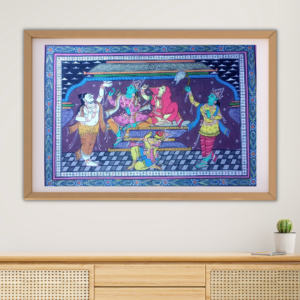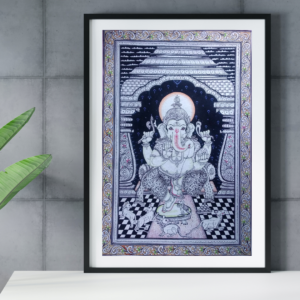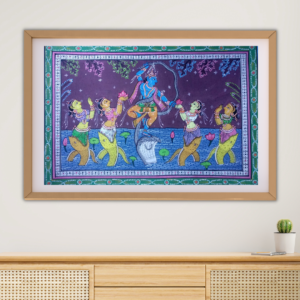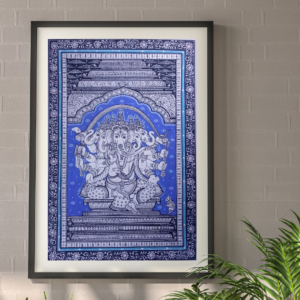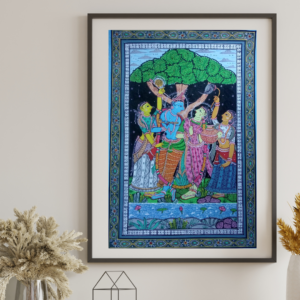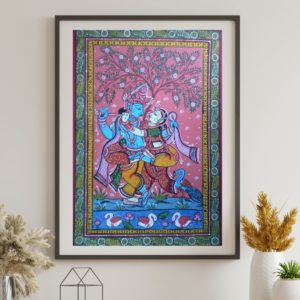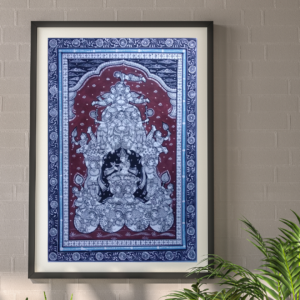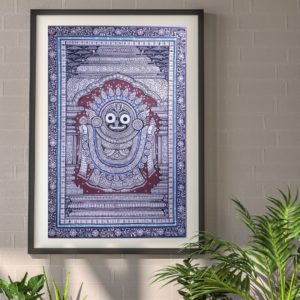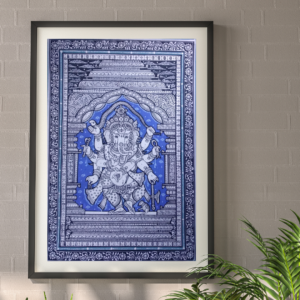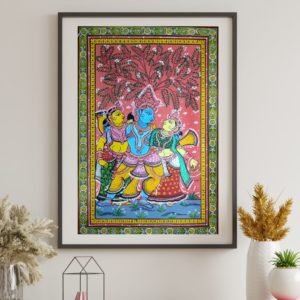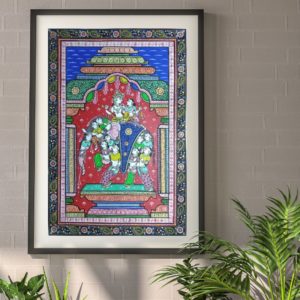Mahabharat is one of the greatest epics of Indian mythology. It is a story that is not only filled with adventure, love, and betrayal but also contains valuable lessons about life, war, and dharma (righteousness). However, there are many lesser-known facts about Mahabharat that are worth exploring. In this post, we will dive into 51 unknown facts about Mahabharat.
- Mahabharat is the longest epic in the world, with over 100,000 couplets or shlokas.
Ved Vyasa, who authored the Mahabharat, is also considered the author of the Vedas, which are the oldest sacred texts of Hinduism.
- The epic was originally composed in Sanskrit.
- The Mahabharat is divided into 18 books or parvas.
- The first book of Mahabharat is called Adi Parva. It sets the foundation for the story and introduces the main characters.
The characters of Mahabharat
- The main story of Mahabharat is the battle between two groups of cousins, the Pandavas and the Kauravas, over the kingdom of Hastinapur.
- The Pandavas were the sons of Pandu, the king of Hastinapur, while the Kauravas were the sons of Pandu’s brother, Dhritarashtra.
- The Pandavas were Yudhishthira, Bhima, Arjuna, Nakula, and Sahadeva, while the Kauravas were Duryodhana, Dushasana, and 98 other brothers.
- The Pandavas were supported by Lord Krishna, who played a crucial role in the battle.
- The war lasted for 18 days, and the Pandavas emerged victorious.
- The battle took place at Kurukshetra, a holy place in northern India, and is considered to be one of the largest battles in history.
- The Mahabharat is not just a story of a battle but also contains valuable lessons about dharma, karma, and the nature of existence.
- The Bhagavad Gita, which is a part of the Mahabharat, is considered to be one of the most important Hindu scriptures and contains Lord Krishna’s teachings to Arjuna on the battlefield.
- The Mahabharat has been adapted into various forms of art, including plays, films, and TV series.
Did you know this about Mahabharat?
- The Mahabharat has been translated into over 50 languages worldwide.
- There are various versions of the Mahabharat, with some variations in the story and characters.
- The Mahabharat is not just popular in India but also in other countries like Nepal, Sri Lanka, and Indonesia.
- The Mahabharat is believed to have been written over a period of several centuries, with the earliest version dating back to the 8th century BCE.
- The Mahabharat is not just a religious text but also a historical document that provides insights into ancient Indian culture and society.
- The Mahabharat contains many complex characters, including warriors, sages, kings, and queens, who have different motivations and personalities.
- The Mahabharat has been the subject of numerous scholarly studies and debates, with many interpretations of the text.
- The Mahabharat is not just a story of good versus evil but also a story of family dynamics, politics, and power struggles.
- The Mahabharat is also known as the “Great Epic of India” or the “Fifth Veda.”
- The Mahabharat is not just a religious text but also a cultural icon that has influenced various aspects of Indian society, including literature, art, and philosophy.
- The Mahabharat is divided into two major sections, the first section is called the Adi Parva, and the second section is called the Sabha Parva.
- The Sabha Parva is the section where the infamous gambling incident takes place, leading to the exile of the Pandavas for 13 years.
- During their exile, the Pandavas traveled to various parts of India and learned many valuable lessons from sages and ascetics.
Unknown Facts of Mahabharat
- The third section of the Mahabharat is called the Vana Parva, which narrates the Pandavas’ experiences during their exile in the forest.
- The Vana Parva also contains the story of the Naga king, Vasuki, who helps the Pandavas cross a river.
The fourth section of the Mahabharat calls the Virata Parva, which narrates the story of the Pandavas’ disguise during their final year of exile.
The fifth section of the Mahabharat called the Udyoga Parva, describes the preparation for the Kurukshetra war.
The sixth section of the Mahabharat, called the Bhishma Parva, narrates the story of Bhishma’s role in the war.
People revere Bhishma as one of the most respected characters in the Mahabharat, known for his wisdom and loyalty to his family.
The seventh section of the Mahabharat, called the Drona Parva, narrates Drona’s role in the war.
- Drona is a skilled warrior who is known for his loyalty to the Kauravas.
The eighth section of the Mahabharat, the Karna Parva, narrates the story of Karna, who was abandoned at birth and is known as the son of Kunti.
People know Karna as a tragic character in the Mahabharat, revered for his loyalty to Duryodhana.
The ninth section of the Mahabharat called the Shalya Parva, describes the role of Shalya, the king of Madra, in the war.
The tenth section of the Mahabharat, called the Sauptika Parva, narrates the killing of the Kauravas while they are asleep.
The eleventh section of the Mahabharat is called the Stri Parva. It narrates the story of the women who played a crucial role in the war.
The twelfth section of the Mahabharat is called the Shanti Parva. It contains Lord Krishna’s teachings on peace and dharma.
The thirteenth section of the Mahabharat is called the Anushasana Parva. It contains the rules of dharma and ethics.
The fourteenth section of the Mahabharat is called the Ashwamedhika Parva. This describes Yudhishthira’s horse sacrifice after the war.
The fifteenth section of the Mahabharat is called the Ashramavasika Parva. It narrates the Pandavas’ retirement to the forest.
The sixteenth section of the Mahabharat is called the Mausala Parva. It narrates the story of the Yadavas’ destruction after Lord Krishna’s death.
- The seventeenth section of the Mahabharat called the Mahaprasthanika Parva, describes the Pandavas’ journey to heaven.
More Unknown Facts of Mahabharat
The Mahabharat is not just a story of good versus evil, but also a tale of complex human relationships and moral dilemmas.
The Mahabharat has been adapted into various forms of art. Like theater, films, and television series.
The Mahabharat is considered one of the longest epic poems in the world. With over 100,000 couplets in Sanskrit.
- The Mahabharat is translated into English, Hindi, Bengali, Tamil, and Telugu.
- The Mahabharat is still relevant today and continues to be a source of inspiration for many people around the world.
Conclusion:
In conclusion. The Mahabharat is a complex and multi-layered epic that tells the story of a great war between two families. The Pandavas, and the Kauravas. The epic is not just a religious text but also a cultural icon that has influenced various aspects of Indian society.
The Mahabharat divides into 18 sections. Each contains stories of complex human relationships and moral dilemmas. People have adapted the epic into various forms of art and translated it into numerous languages. The Mahabharat is still relevant today and continues to inspire people around the world.

If you liked this post, check out some of our related posts too!
100 Vedic Hindu Baby Girl Names Starting with A



